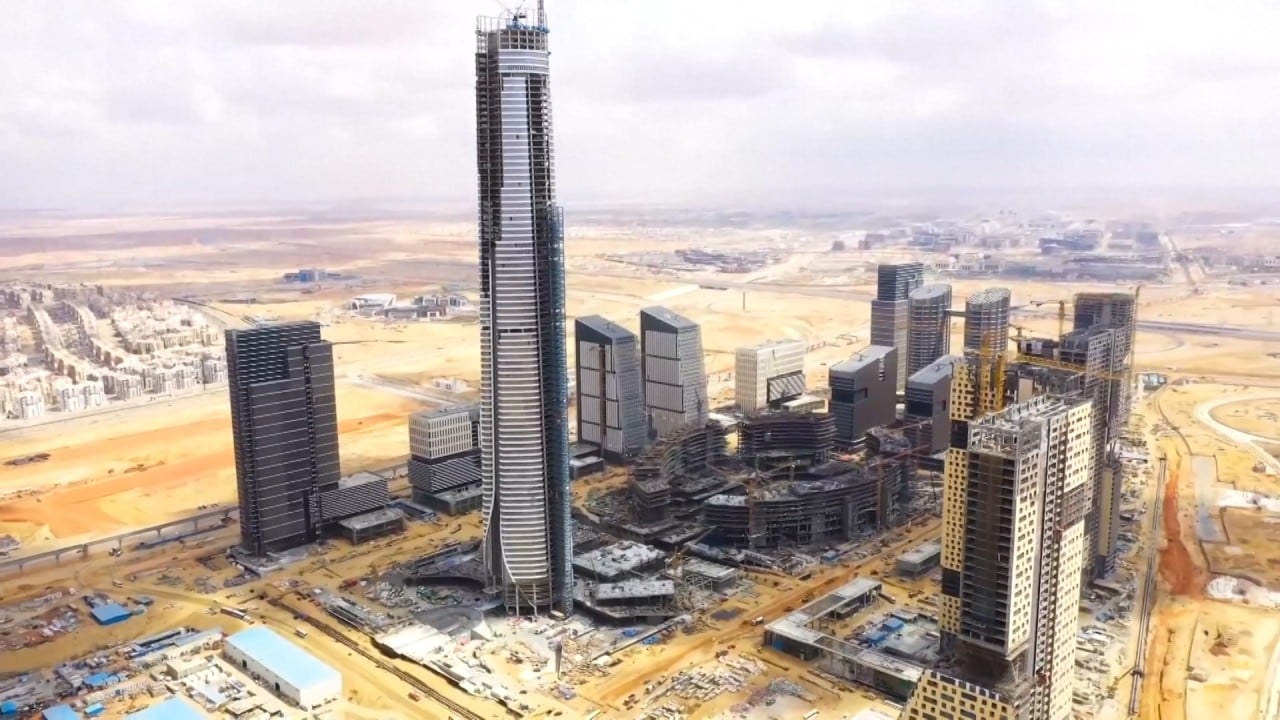
Think small: China’s Belt and Road Initiative to trade mega projects for high-quality winners
- Plan tabled with the top legislature focuses on risk control as initiative turns a decade old
- The scheme has been dogged by debt-trap claims, accusations Beijing rejects
But it also cautioned that China would need to focus on project quality and strengthen risk control.
“We will advance the high-quality development of the Belt and Road Initiative,” the plan said.
“We will make further headway in working together to build ‘small but beautiful’ projects along the belt and road, launch a batch of signature projects, and enhance international cooperation on production capacity and third market cooperation
“We will improve our risk control system and systematically strengthen risk control for overseas projects.”
President Xi Jinping launched the trillion-yuan, global infrastructure initiative in 2013.
And, according to the plan, more than 150 countries and 32 international organisations had signed cooperation pacts with China under the initiative by the end of last year.
But some observers say the ambitious scheme has begun to lose momentum.
While China had undertaken mega infrastructure projects in various regions in the early days, investment was now focused more on smaller and more efficient green, health, and digital projects.
Meanwhile investments had also been shrinking in some African and South Asian countries, where debt issues and regional conflicts were a concern.
Investment or construction related to green energy such as solar, wind, and hydro increased by half.
Southeast Asian and Middle East countries such as Singapore and Saudi Arabia received most belt and road investments in 2022, the report said.
Wang Yiwei, a Renmin University professor specialising in belt and road studies, said China was reviewing the initiative to make it more sustainable and was being more careful in managing strategic and practical risks.
He said that besides concerns over project returns and security, China faced challenges from geopolitical changes.
“There are the strategic risks, whether it’s the US-China rivalry, whether the world will be split into two systems – the US-led Western system and the Global South or the belt and road countries,” he said.
Sichuan University professor Pang Zhongying said the economic fallout from Covid-19 and rising calls for deglobalisation had made it more difficult for China to work with other countries under the belt and road umbrella.
But he said that with the US trying to woo the developing world through its Indo-Pacific Economic Framework, China would definitely make use of the 10th anniversary of the scheme to cement its ties with developing countries.
“China will further use all the opportunities ... to strengthen relations with Africa, the Middle East, Asia, and Latin America,” he said.
“But there are some issues now. African countries are concerned about debt.
“China may take some measures, such as cancelling or reducing debt. But the question now is whether China’s economy can restart successfully [now the pandemic is over].”
China denies creating ‘debt trap’ for African countries
China has been accused of using the belt and road as a debt trap, with some countries struggling to repay loans for projects.
According to a report by economists at the London-based Centre for Economic Policy Research, almost 60 per cent of China’s foreign loans went to countries in financial distress.
Ding Yifan, a researcher at the Development Research Centre of the Chinese State Council, said belt and road countries and the developing world would continue to be China’s focus as the US ramped up “decoupling moves” against China.
“It’s obvious that [Western countries] want to decouple from China. Then what can we do? We have to [develop ties] with [developing] countries … China can gain a lot from these countries which have great market potential in the future,” he said.

 - Kawala Xie.jpg?itok=NogZcyZ-&v=1661304068)

